Ortho-Glass Splinting: A Comprehensive Guide
This comprehensive guide delves into ortho-glass splinting, a versatile method crucial for stabilizing fractures in emergency and primary care settings.
Ortho-Glass splinting is a preferred method for fracture immobilization in acute care. Synthetic splinting materials, including Ortho-Glass, offer advantages. This guide provides baseline splinting guidance, illustrations, and steps for various techniques. Master Ortho-Glass splinting with our comprehensive manual, featuring clear instructions and diagrams.
This technique plays a crucial role in stabilizing fractures in emergency and primary care settings. Effective splinting prevents movement and ensures proper healing. Learn step-by-step instructions and best practices for perfect results every time. Download your copy now and elevate your skills.
Developed by experts, this manual offers competency logs and lecture outlines. Splinting is the mainstay of treatment for most fractures. Explore various splinting and casting techniques. Understand the importance of proper positioning based on injury and patient needs.
What is Ortho-Glass?
Ortho-Glass is a synthetic splinting material offering advancements in comfort. It is often used in place of casts to assist with limb healing. Malleable aluminum and fiberglass are alternative splinting materials. Ortho-Glass combines fiberglass with a 3D knit padding for enhanced comfort and ease of use.
The powder form of Ortho-Glass contains aluminofluorosilicate glass and zinc hydroxide with modifying oxides. This composition allows for a progressive splinting solution. Ortho-Glass is designed to be a comfortable and effective option for fracture immobilization. Its synthetic nature offers advantages over traditional plaster casts.
This material can be easily molded to the desired shape. Once hardened, it provides stable support. Always check neurovascular status and motor function after application. Ortho-Glass is a versatile material for various splinting needs. Ensure you understand its properties and proper application techniques before use.
Benefits of Using Ortho-Glass Splints

Ortho-Glass splints offer several advantages over traditional casting methods. They provide effective fracture immobilization in acute care settings, making them a preferred choice. Ortho-Glass is cost-effective, reducing overall healthcare expenses. The lightweight nature of Ortho-Glass enhances patient comfort during the healing process.
The material’s moldability allows for a customized fit, optimizing support and stability. Ortho-Glass splints are easy to apply and remove, saving time for healthcare providers. Their radiolucent properties facilitate clear X-ray imaging without needing removal. The durability of Ortho-Glass ensures long-lasting support throughout the healing period.
These splints are also water-resistant, promoting better hygiene and patient compliance. Ortho-Glass minimizes the risk of skin irritation and breakdown compared to plaster casts. They are versatile for various orthopedic injuries, including fractures and sprains. The ease of adjusting Ortho-Glass splints accommodates swelling changes. Ortho-Glass is a modern solution for effective and comfortable fracture management;
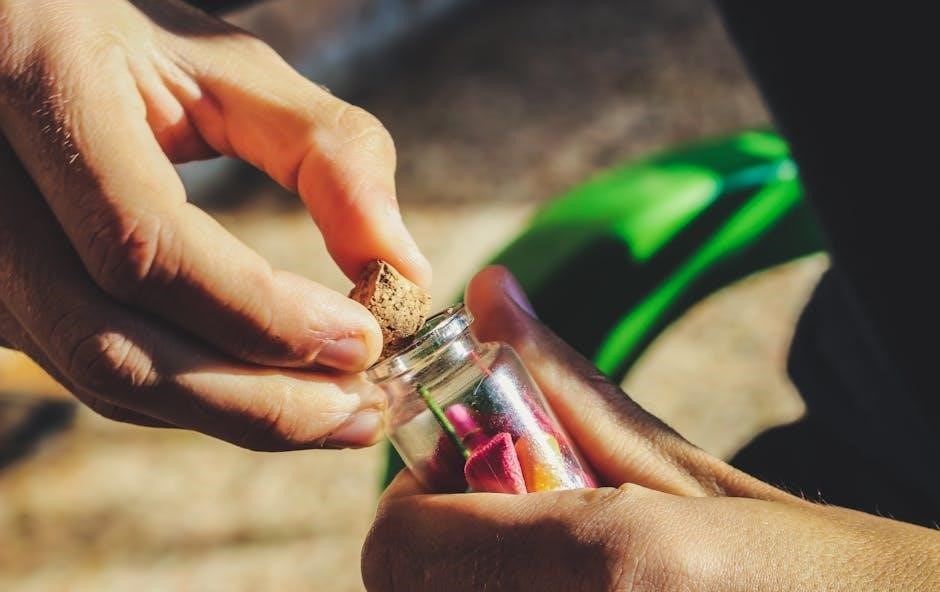
Materials and Preparation
Proper preparation is essential for successful ortho-glass splinting. This section outlines key materials, measuring techniques, padding application, and water activation methods. Following these steps ensures optimal splint performance.
Essential Splinting Materials
Successful ortho-glass splinting relies on having the right materials readily available. Key items include:
- Ortho-Glass Splinting Material: Choose appropriate sizes for various body parts.
- Stockinette: Provides a comfortable layer between skin and padding, extending beyond the splint edges.
- Padding Material: Use 2-3 layers, with extra padding over bony prominences, ensuring even distribution.
- Elastic Wrap: Secures the splint, allowing for molding while maintaining proper compression.
- Water Source: Clean water for activating the ortho-glass. A water bottle or faucet is ideal.
- Scissors: For precise cutting of the ortho-glass and padding materials.
- Gloves: To maintain a sterile environment and protect hands.
- Towel: To blot excess water from the splinting material after activation.
- Measuring Tape: Essential for accurately determining the required splint length.
- Optional: Additional padding for bony prominences.
Having these materials organized ensures efficient and effective splint application.
Measuring and Cutting Ortho-Glass
Accurate measurement and cutting of ortho-glass are crucial for a well-fitting and effective splint. Begin by:
- Measuring: Hold the ortho-glass material against the patient’s limb, ensuring it extends beyond the injury site. For finger splints, mark the spot at the web space.
- Marking: Use a pen or marker to clearly indicate the desired length on the ortho-glass. Remember to account for overlap if needed.
- Cutting: Using sharp scissors, carefully cut the ortho-glass along the marked line. Ensure a clean, straight cut to avoid sharp edges.
- Padding Extension: After cutting, stretch the splint padding over both fiberglass edges to provide a smooth, comfortable finish.
- Double-Check: Before applying, double-check the measured length against the patient’s limb to ensure accuracy.
- Trimming: If necessary, trim any excess material to achieve the perfect fit.
- Safety: Exercise caution when cutting to prevent injury.
Precise measuring and cutting contribute significantly to patient comfort and splint effectiveness.
Padding Application Techniques
Proper padding application is paramount for patient comfort and preventing skin breakdown during ortho-glass splinting; Follow these techniques:
- Stockinette Application: Apply a stockinette to extend approximately two inches beyond the intended splinting material coverage area, protecting the skin.
- Padding Layers: Apply two to three layers of padding over the entire area to be splinted. Ensure consistent coverage for even pressure distribution.
- Interdigital Padding: When splinting digits, place padding between each digit to prevent maceration and skin irritation.
- Bony Prominences: Add extra padding (two to three additional layers) over bony prominences like the ulnar styloid or malleoli to minimize pressure points.
- Wrinkle Prevention: Smooth out any wrinkles in the padding to avoid creating pressure sores. Ensure a snug but not constricting fit.
- Secure Padding: Use tape or cohesive wrap to secure the padding in place before applying the ortho-glass.
- Padding Inspection: Regularly inspect the padding during splint changes to ensure it remains clean, dry, and properly positioned.
Diligent padding application enhances patient comfort and prevents complications associated with prolonged splint wear.
Water Activation Methods
Proper water activation is crucial for achieving the desired rigidity and molding capabilities of ortho-glass splints. Here are several effective methods:
- Water Bottle Technique: Pour a minimal amount of water down the backside of the fiberglass using a water bottle or faucet. Ensure even dampening of the splint material.
- Squeezing Technique: Gently squeeze the splint to distribute the water throughout the fiberglass layers, promoting uniform activation. Avoid excessive squeezing, which can damage the material.
- Immersion Technique: Briefly immerse the splint in a bucket of water, squeezing it once or twice while submerged to ensure thorough wetting.
- Excess Water Removal: After wetting, squeeze out any excess water from the splint. Wrap it in a towel and press to blot out remaining moisture.
- Temperature Considerations: Use water at room temperature for optimal activation. Avoid using hot water, as it can accelerate the setting process.
- Even Distribution: Ensure the water is evenly distributed throughout the splint material to achieve consistent hardening.
- Manufacturer Instructions: Always refer to the manufacturer’s instructions for specific water activation guidelines.

Mastering these water activation techniques ensures proper splint setting and optimal patient outcomes;

Ortho-Glass Splinting Techniques
This section outlines essential ortho-glass splinting techniques. These techniques are crucial for effective fracture immobilization in acute care. Mastering these techniques ensures optimal patient care.
General Splinting Procedure
The general splinting procedure involves several key steps to ensure proper immobilization and patient comfort. Begin by measuring the ortho-glass material. Extend the stockinette two inches beyond the material. Apply two to three layers of padding over the splinted area, especially between digits, adding extra padding over bony prominences for comfort.
Moisten the splinting material lightly using a water bottle or faucet. Ensure even dampening by squeezing the splint to spread water throughout the fiberglass. Wrap the dampened splint flat in a towel to blot excess moisture.
Apply the splint, starting at the thumb. Smooth it over the dorsal aspect of the hand and forearm. Secure the splint with an elastic wrap. Begin at the wrist and wrap distally to proximally. Mold the splint to the palm and position as prescribed by a physician. This methodical approach ensures stability, proper alignment, and minimizes potential complications.
Water Bottle Technique
The water bottle technique offers a controlled and precise method for activating ortho-glass splints. Start by preparing the splint material according to the general guidelines, ensuring correct measurement and padding application.
Next, using a water bottle, carefully pour a minimal amount of water down the back side of the fiberglass. This allows for targeted dampening of the splint. Gently squeeze the splint to ensure the water spreads evenly throughout the fiberglass layers, activating the resin. Avoid over-saturation.
Once the splint is adequately moistened, squeeze out any excess water to prevent prolonged drying time and potential skin maceration. Before applying the splint, wrap it briefly in a towel to blot away any remaining excess moisture. The splint is now ready for application and molding to the injured area, providing effective support and immobilization.
Opening Splint Cover Technique
The opening splint cover technique is a method used during ortho-glass splint application for managing the splint material effectively. It involves carefully opening the splint cover to expose the fiberglass layers while minimizing waste and ensuring proper hydration.
Begin by measuring and preparing the ortho-glass material as per the standard protocol. Instead of completely removing the cover, strategically open a section to access the fiberglass. Use a water bottle or faucet to lightly moisten the exposed area, ensuring even saturation.
Squeeze the splint to spread the water and activate the resin. Carefully fold the opened cover back onto the moistened fiberglass, pressing gently to blot excess water. This method allows for controlled hydration, reduces mess, and facilitates precise molding of the splint to the injured area, providing optimal support and immobilization.
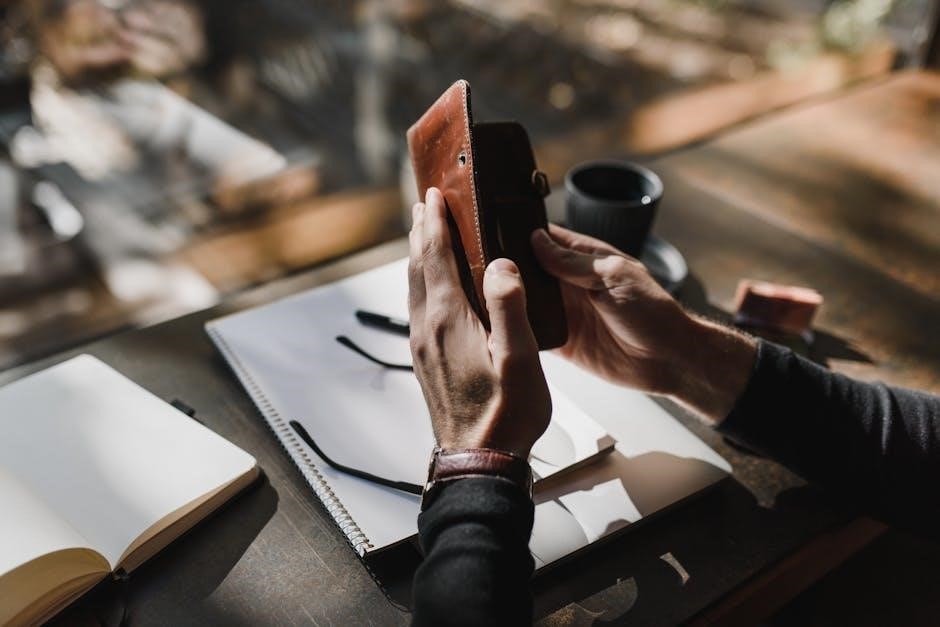
Dipping in Bucket Technique
The dipping in bucket technique offers an efficient method for hydrating ortho-glass splint material. This technique involves immersing the ortho-glass splint in a bucket of water to activate the resin, ensuring uniform saturation for effective molding and immobilization.
Begin by preparing a clean bucket filled with water at room temperature. Measure and cut the ortho-glass material to the appropriate size. Holding the splint firmly, fully immerse it in the bucket of water. Squeeze the splint while submerged to ensure the water penetrates throughout the fiberglass layers.
Remove the splint from the water and squeeze out any excess water to prevent it from becoming too soggy. Wrap the splint in a towel to blot out remaining water, and apply it to the patient. This technique simplifies hydration, promoting consistent splint setting and stability.
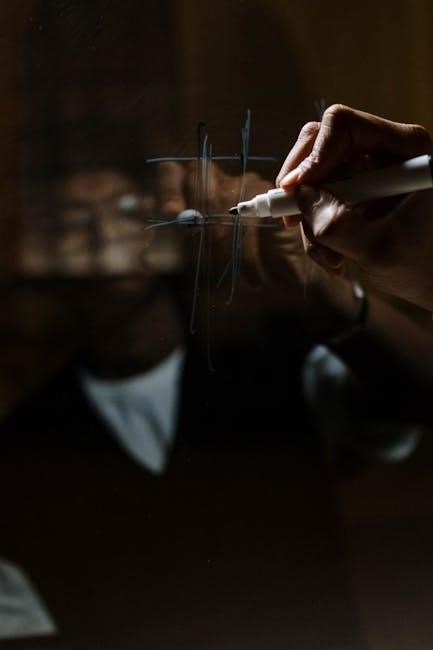
Specific Splint Applications
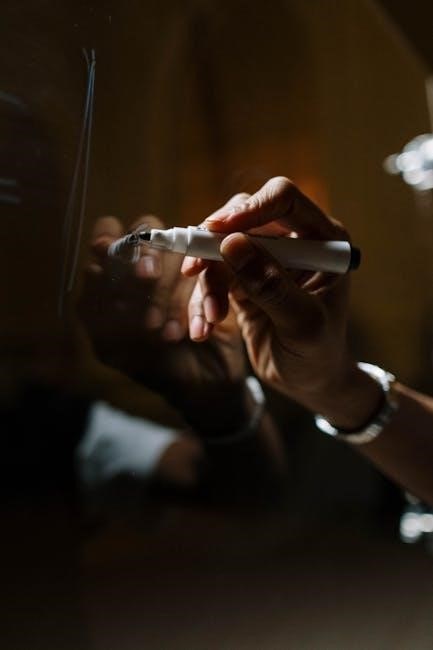
This section outlines specific applications of ortho-glass splints, focusing on effectively immobilizing various injuries. Detailed instructions for different splint types ensure proper stabilization and support for optimal patient outcomes.
Volar Splint Application
The volar splint is commonly used for wrist and forearm injuries, providing support to the volar aspect. Begin by measuring the splint material from the distal palmar crease to just proximal to the elbow, ensuring adequate coverage and immobilization. Apply a stockinette extending beyond the splint edges for comfort and protection.
Add 2-3 layers of padding, focusing on bony prominences. Lightly moisten the ortho-glass material using the water bottle technique, ensuring even distribution. Apply the splint to the volar forearm, smoothing out any wrinkles to prevent pressure points. Secure with an elastic wrap, starting distally and wrapping proximally.
Mold the splint to maintain the wrist in a neutral or slightly extended position, as prescribed. Regularly monitor the patient’s neurovascular status, checking for any signs of compromise. Effective molding and proper positioning are critical for successful healing and preventing complications. This technique offers stability and support.
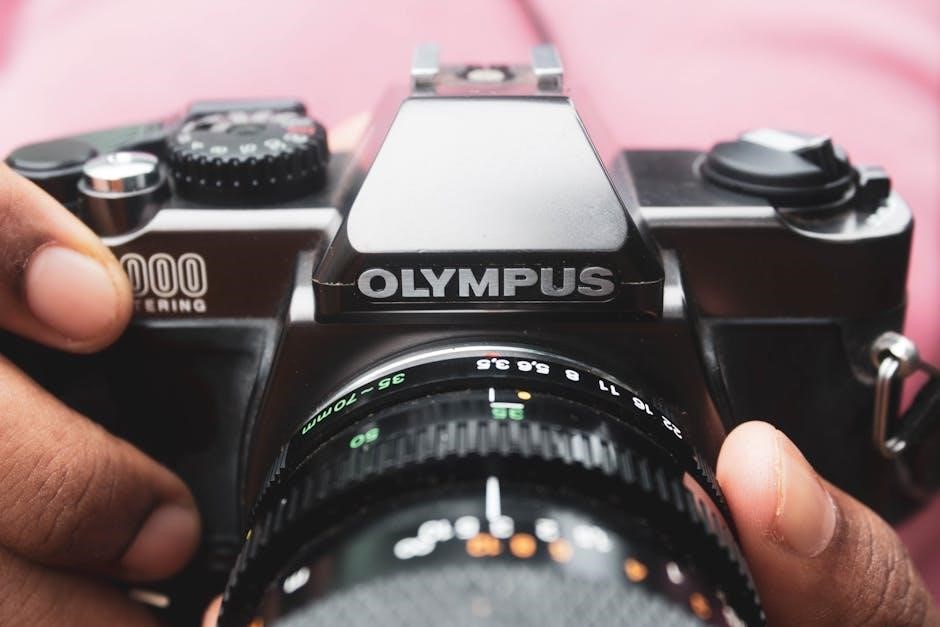
Finger Splinting Technique
Finger splinting with ortho-glass is ideal for injuries like fractures and sprains. Measure the splint material against the injured finger, extending from the fingertip to the mid-metacarpal region. Cut the Dynacast Prelude splint to the appropriate length, ensuring it supports the entire affected area.
Apply padding, focusing on the bony prominences. Lightly moisten the splint. Position the finger in the desired alignment, typically slight flexion, and carefully apply the prepared splint to the volar or dorsal aspect, depending on the injury. Smooth out any wrinkles to prevent pressure sores.
Secure the splint with elastic wrap, ensuring it’s snug but not constrictive. Check neurovascular status regularly. Molding is crucial for maintaining the correct alignment during healing. Proper application ensures stability, reduces pain, and promotes optimal recovery. This technique is effective for phalangeal fractures and joint dislocations.
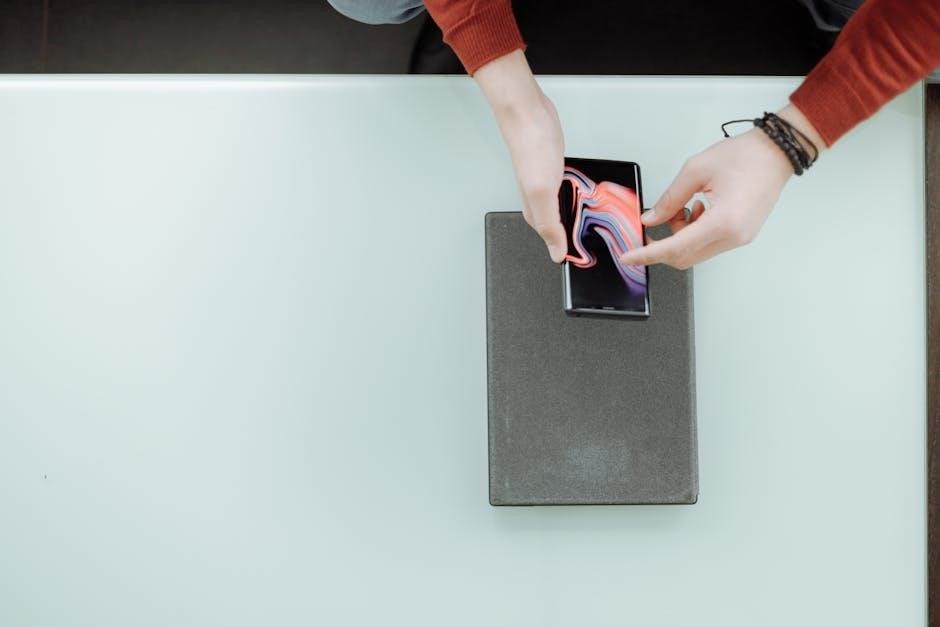
Post-Application Care and Considerations
Post-application care ensures optimal healing and minimizes complications. Monitor neurovascular status, provide patient education on splint care, and watch for potential issues like skin breakdown or nerve compression.
Securing the Splint with Elastic Wrap
Securing the ortho-glass splint with an elastic wrap is a crucial step to ensure proper immobilization and support. Begin by selecting an appropriately sized elastic bandage, considering the limb’s circumference and the splint’s dimensions. Start the wrapping process distally, moving proximally to prevent circulatory compromise. Apply the wrap with even, moderate tension, overlapping each layer by approximately half its width.
Pay close attention to bony prominences, ensuring adequate padding to prevent pressure sores. Avoid excessive tightness, which can restrict blood flow and cause discomfort. Secure the elastic wrap with clips or self-adhering closures, ensuring they don’t directly contact the skin. Regularly assess the patient’s neurovascular status, checking for signs of numbness, tingling, or increased pain. If any concerns arise, loosen the wrap and re-evaluate. Patient comfort and proper splint positioning are paramount during this phase. The wrap should maintain the splint’s position without causing undue pressure or restriction.
Molding and Positioning the Splint
Molding and positioning the ortho-glass splint are critical for achieving optimal fracture stabilization and promoting proper healing. Once the activated ortho-glass is applied, immediately mold it to conform to the patient’s anatomy, paying particular attention to bony contours. Use gentle, even pressure to avoid creating pressure points. Ensure the injured limb is in the correct anatomical position, as dictated by the injury type and physician’s instructions.
Maintain the desired position while the ortho-glass hardens, typically a few minutes. Use pillows or rolled towels to support the limb and maintain alignment. Avoid excessive manipulation once the splint begins to set. For specific injuries, such as wrist fractures, ensure proper wrist extension or flexion as indicated. With finger splints, maintain appropriate joint angles to prevent stiffness. Regularly reassess the position during the hardening process, making minor adjustments as needed. Document the final position in the patient’s chart. Proper molding and positioning are essential for a functional and comfortable splint.
Monitoring Neurovascular Status
Following ortho-glass splint application, vigilant monitoring of the patient’s neurovascular status is paramount. Assess the patient’s ability to sense touch and differentiate between sharp and dull sensations distal to the splint. Evaluate motor function by asking the patient to move their fingers or toes, depending on the splint location. Check capillary refill time by applying pressure to a nailbed and observing how quickly color returns; a prolonged refill time suggests compromised circulation.
Palpate for distal pulses, such as the radial or dorsalis pedis, noting their presence and strength. Compare findings to the uninjured limb. Document all assessments meticulously. Instruct the patient to immediately report any new or worsening pain, numbness, tingling, or coolness in the affected extremity. Regularly reassess neurovascular status, especially within the first few hours after splinting. Promptly address any signs of compromise to prevent potential complications like nerve damage or compartment syndrome. Effective monitoring is crucial for patient safety.
Patient Monitoring Skills
Effective patient monitoring post-splinting requires keen observation and clear communication. Educate patients on recognizing warning signs such as increased pain, swelling, discoloration, numbness, or tingling in the splinted extremity. Instruct them to promptly report any such changes. Assess their understanding by asking them to reiterate the key signs to watch for and the appropriate actions to take.
Emphasize the importance of keeping the splint clean and dry to prevent skin irritation and infection. Provide guidance on safe weight-bearing if applicable, and advise on elevation and range-of-motion exercises to promote circulation and reduce swelling. Schedule follow-up appointments for splint adjustments and removal. Document all patient education provided, and encourage them to ask questions. Building trust and empowering patients with knowledge enhances compliance and improves outcomes. Continuous assessment of their understanding is crucial.
Potential Complications and Management
Ortho-glass splinting, while effective, carries potential complications. Compartment syndrome, caused by excessive swelling within the confined space, demands immediate attention. Monitor for escalating pain, pallor, paresthesia, pulselessness, and paralysis. If suspected, prompt fasciotomy is crucial. Skin breakdown can occur due to pressure points or moisture. Regularly assess the skin around the splint edges and bony prominences. Pad adequately and ensure proper splint fit. Nerve compression can result from improper positioning or excessive tightness. Evaluate motor and sensory function distal to the splint. Adjust the splint if deficits arise.
Infection is a risk if skin integrity is compromised. Maintain cleanliness and address any signs of infection aggressively with antibiotics. Allergic reactions to splinting materials are possible, necessitating alternative materials. Splint loosening can compromise immobilization; re-wrap or replace the splint as needed. Finally, stiffness can develop with prolonged immobilization; initiate early range-of-motion exercises once appropriate.

